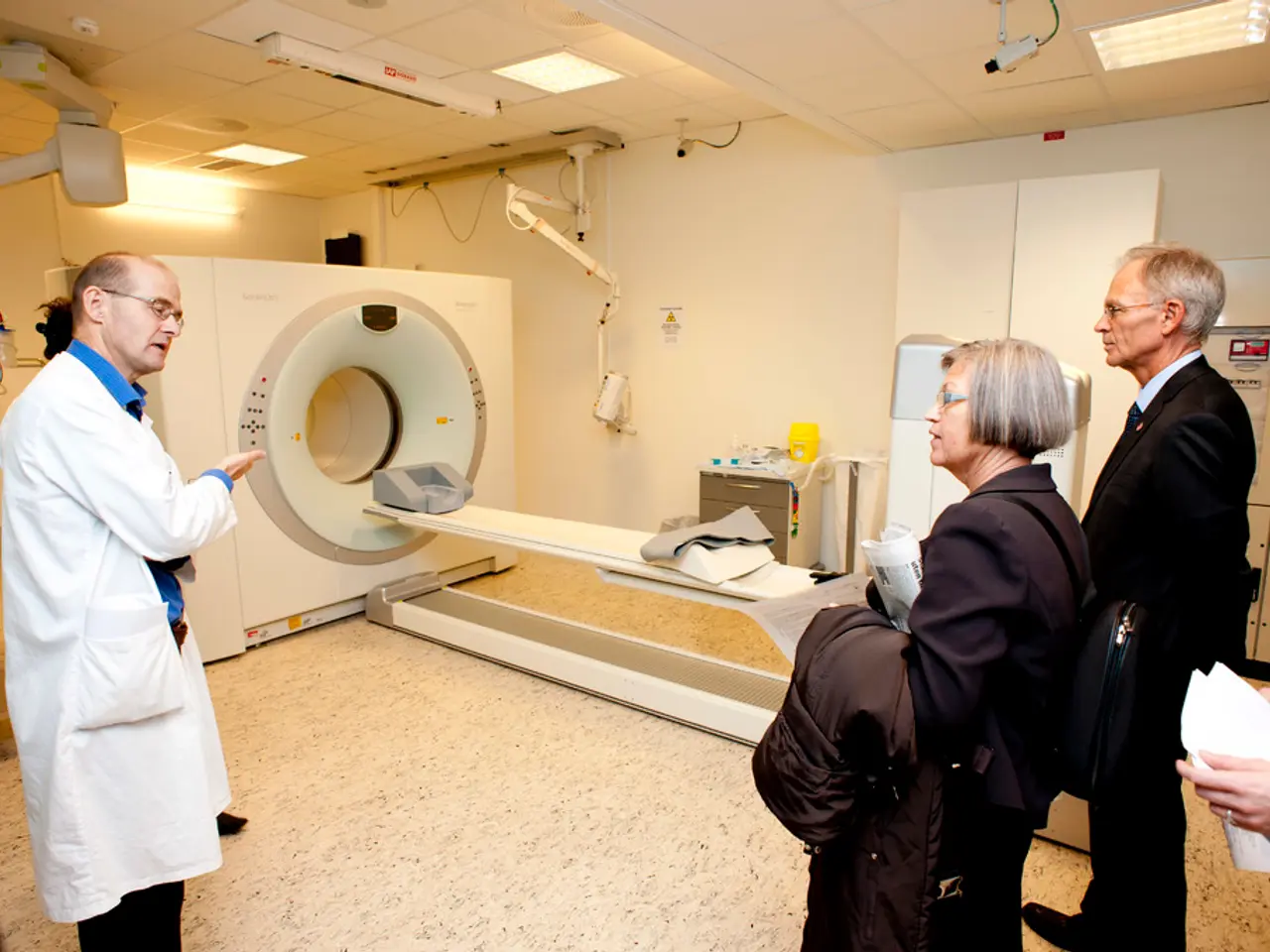Revolutionized Facelift Procedure, Dubbed "Glow-Up," Gains Legitimacy
Reimagining Faces: The realm of cosmetic surgery has expanded, delving into more than merely reconstructing or defying aging. The primary goal is often to embellish nature, refining the human form through a myriad of procedures. From nose jobs to breast augmentations, and the latest trend, liposuction, these treatments aim to perfect rather than repair. But the most intriguing transformation remains the facelift, a procedure undergoing a significant evolution in the eyes of both the public and surgeons.
In the past, facelifts were primarily associated with rejuvenation, a last resort for those confounded by the aging mirror. However, recent celebrity makeovers and the surge in popularity of the deep plane facelift have sparked a shift in public perception. An increasing pool of patients is no longer interested in recovering a bygone face; instead, they aspire to craft a visage that surpasses all previous versions.
Beyond simple tissue repositioning, this modern facelift fine-tunes features, corrects asymmetries, and harmonizes transitions to elevate proportion and shape. This concept resonates universally, igniting interest and driving demand. David Rosenberg, a double board-certified facial plastic surgeon in New York City, shares that the excitement around facelifts has skyrocketed, with the operation becoming more accepted and celebrated.
Terminology may vary among surgeons, but the concept is clear-cut for Ariel Rad, a board-certified plastic surgeon in Washington, DC. "A traditional facelift aims to restore what has faded through time, while a beautification facelift builds what may never have been there to begin with: sharper angles, better proportions, and facial harmony," he explains. It's not simply about countering aging; it's about sculpting a visage based on anatomy and intention.
The beautification lift is not a prevention strategy or an indication for premature intervention. A patient must exhibit some aging signs, such as early laxity, a hint of a jowl, burgeoning neck bands, bothersome nasolabial folds, or an underdeveloped jawline. Yet, this procedure is not about traveling back in time; it's about prolonging the journey. As Beverly Hills board-certified plastic surgeon Kameron Rezzadeh explains, the rise of the beautification facelift is linked to patients witnessing the transformative effects of facelifts, realizing that surgeons can optimize their appearance to age gracefully.
While there's no age limit for this procedure, it typically caters to patients aged around 40, exhibiting early or advanced signs of aging. By intervening early, before the signs become profound, surgeons can significantly impact the architecture of the face, slowing down the aging process. Patients who undergo facelifts earlier in life, when their tissues are robust, often enjoy better, more durable results and a swifter recovery.
It's crucial to remember that while a beautification facelift aims to improve aesthetics, surgeons must always prioritize maintaining a natural appearance, avoiding permanent scars, and ensuring that the patient looks better overall. In other words, they can't simply embrace every patient who walks through their door. A balance between art and science is essential in the pursuit of beauty.
The evolution of the facelift procedure extends beyond health-and-wellness, delving into the realm of crafting a visage that transcends all previous versions, basing on anatomy and intention. This beauty-focused approach, or beautification facelift, is a testament to the intersection of science and art, as surgeons strive to improve aesthetics while maintaining a natural appearance.




